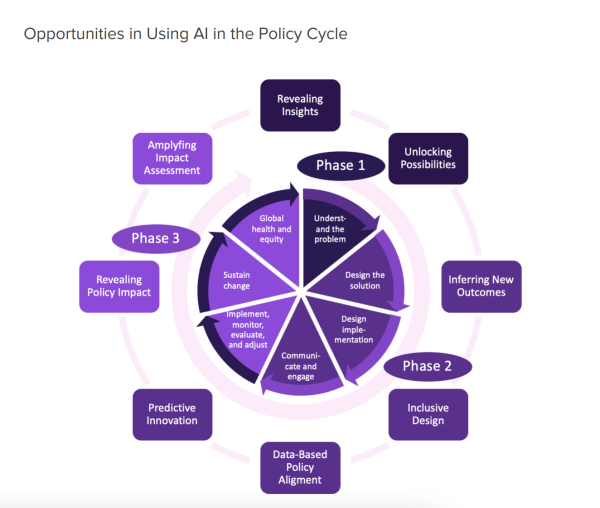Essay by Joe Mathews: “Governments around the world, especially those at the subnational and local levels, find themselves stuck in a vise. Planetary problems like climate change, disease, and technological disruption are not being addressed adequately by national governments. Everyday people, whose lives have been disrupted by those planetary problems, press the governments closer to them to step up and protect them. But those governments lack the technical capacity and popular trust to act effectively against bigger problems.
To build trust and capacity, many governments are moving governance into the digital world and asking their residents to do more of the work of government themselves. Some cities, provinces, and political institutions have tried to build digital platforms and robust digital environments where residents can improve service delivery and make government policy themselves.
However, most of these experiments have been failures. The trouble is that most of these platforms cannot keep the attention of the people who are supposed to use them. Too few of the platforms are designed to make online engagement compelling. So, figuring out how to make online engagement in government fun is actually a serious question for governments seeking to work more closely with their people.
What does fun look like in this sphere? I first witnessed a truly fun and engaging digital tool for citizen governance in Rome in 2018. While running a democracy conference with Mayor Virginia Raggi and her team, they were always on their phones, and not just to answer emails or texts. They were constantly on a digital environment called Rousseau.
Rousseau was named after Jean-Jacques Rousseau, the eighteenth-century philosopher and author of The Social Contract. In that 1762 book, Rousseau argued that city-states (like his hometown of Geneva) were more naturally suited to democracy than nation-states (especially big nations like France). He also wrote that the people themselves, not elected representatives, were the best rulers through what we today call direct democracy…(More)”.

